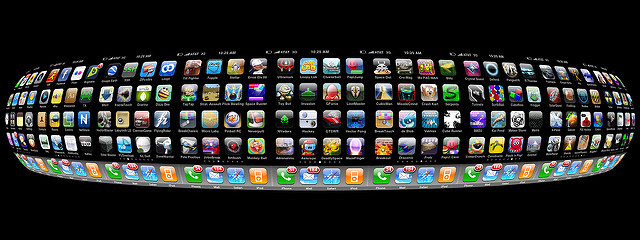2 February 2017 | Articles, Articles 2017, Communications | By Christophe Lachnitt
The Digital Revolution Is Mutating Into The Terror
Its main innovations impair the ability of individuals and organizations to communicate.
What is called the digital revolution actually covers three successive technological waves:
- The digital revolution itself emerged in the 1990s and has spread geographically since then: By 2018, half of the world’s population should be connected to the Internet.
- The social revolution arose during the 2000s and progressively embraces all age groups: 76 percent of Americans are present on social networks.
- The mobile revolution gained traction in the 2010s and quickly took over: People check their smartphones 150 times a day.
Incidentally, the mobile revolution has two specific characteristics:
- It creates the strongest addiction of the three.
- It is not an addiction in itself but an agent of the other two addictions (digital and social).
Beyond its obvious benefits that I regularly cover on Superception, each of these revolutions has negative repercussions in terms of communications.

(CC) Blake Patterson
The digital revolution is synonymous with ubiquity: Information travels much more quickly and easily (both aspects are equally important). In doing so, as Dominique Wolton pointed out, cultural differences that were not previously apparent are now exposed. This exacerbates dissensus whereas communicating etymologically means imparting knowledge.
The social revolution is synonymous with interactivity: Public expression is no longer reserved for newsmakers and experts. Everyone can post on social networks where all opinions have the same visibility and the same value. This degrades public discourse whereas communicating requires a minimal cognitive agreement.
The mobile revolution is synonymous with instantaneity: We are always connected to the Internet. As a result, our apprehension of the world is as permanent as it is ephemeral. This creates a climate of generalized distrust whereas communicating is based on mutual trust.
In the end, these three revolutions generate two perception issues: Attention disorder (deficit, hyperactivity, impulsivity) and brand loyalty deficit. They are obviously at work in the corporate universe but are the most most dangerous in the political world.
This is why, all things being equal, the digital revolution is mutating into the Terror in terms of communications, as evidenced by the advent of the post-factual era, the extreme polarization of the public debate, and the resulting disintegration of the national community.


